“On May 15 a final conference was held at St. Paul’s School under the supervision of SHAEF. At this final meeting every principal cabinet member of the British Chiefs of Staff and the War Cabinet attended, as did also the King of England and Allied Generals by the score. Field Marshal Smuts came with his old friend, Mr. Churchill. During the whole war I attended no other conference so packed with rank as this one. The purpose was to assure that any doubtful points of the earlier conference would be ironed out and corrected. It also served to bring to the attention of all commanders the broad purposes of the highest headquarters and to give to each a fully completed and rounded picture of the support he could expect. Instructions for the briefing of small units and their care during the period of moving to the ports were checked and confirmed. Secrecy was a dominating factor.
“This meeting gave us an opportunity to hear a word from both the King and the Prime Minister. The latter made one of his typical fighting speeches, in the course of which he used an expression that struck many of us, particularly the Americans, with peculiar force. He said, ‘Gentlemen, I am hardening towards this enterprise,’ meaning to us that, though he had long doubted its feasibility and had previously advocated its further postponement in favor of operations elsewhere, he had finally, at this late date, come to believe with the rest of us that this was the true course of action in order to achieve the victory.”
– Dwight D. Eisenhower, Crusade in Europe, p. 245.
What makes this passage about the review of the D-Day plans at a boys school in London unforgettable is the finality of the moment. It conveys an almost fatalistic acceptance of all the military and political leaders there that at literally the end of a tremendous planning process, the D-Day invasion of Normandy would go forward on June 5, 1944. In accepting and committing to the attempt, the Allied leadership acquired a new level of unity, as they faced ultimate victory or defeat in World War II together.
Published after the war in 1948, General Dwight Eisenhower’s Crusade in Europe paints a powerful but diplomatic picture of the final review of the D-Day invasion plans on May 15, 1944. On the floor of the room, a massive map depicting the lines of attack through the air and sea routes could be viewed by the leaders, with junior attendees looking down from elevated seating. At the meeting, Eisenhower instructed everyone present that it was his duty to speak up if any flaws were spotted, without having to add that men’s lives were literally at stake in every aspect of the operation. Winston Churchill’s full acceptance of the plan at this meeting in a way closed the circle on a debate going back to early 1942, when Eisenhower’s boss General George Marshall had advocated that a cross-channel invasion of northern France was the only military operation sure to lead to Berlin and the ultimate destruction of Nazi Germany. It had taken two and half years for the Allies to build up the necessary amounts of war materials and trained personnel to attempt a cross-channel invasion. Now all was ready, to be risked on a single day.
Three long weeks lay ahead before June 5, which was forecast as the first day when all the weather conditions necessary for a successful operation would be in place—smooth seas for the convoys to cross, low tides to avoid the German beach defenses, enough moonlight for the paratroopers destined to land behind the lines, and sufficient early-morning light for the naval bombardment of the beaches to be completed before the troops landed on them. These conditions would prevail through only a brief window of time, until June 7, after which it would be at least two weeks—and possibly four—before similar weather conditions would return. With the invasion now planned and reviewed to the last detail, Eisenhower still had important challenges to navigate before the invasion could be launched. But on May 15, 1944, the die was cast for the effort to go forward—for better or worse.
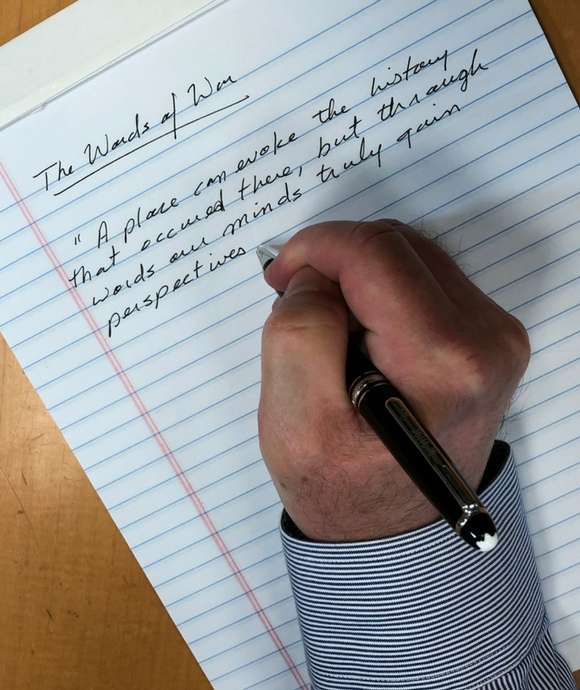
“A place can evoke the history that occurred there, but through words our minds truly gain perspectives and understanding of what it was like to know, feel, experience, hope, fail, triumph, and live through events from which we ourselves were absent. The written word is our most intricate map to retrace and reconstruct what we think happened, and ultimately brings us back to ourselves.”
– Keith Huxen, PhD, Senior Director of Research and History, The National WWII Museum
Keith Huxen
Keith is the former Senior Director of Research and History in the Institute for the Study of War and Democracy at The National WWII Museum.
Cite this article:
MLA Citation:
APA Citation:
Chicago Style Citation:
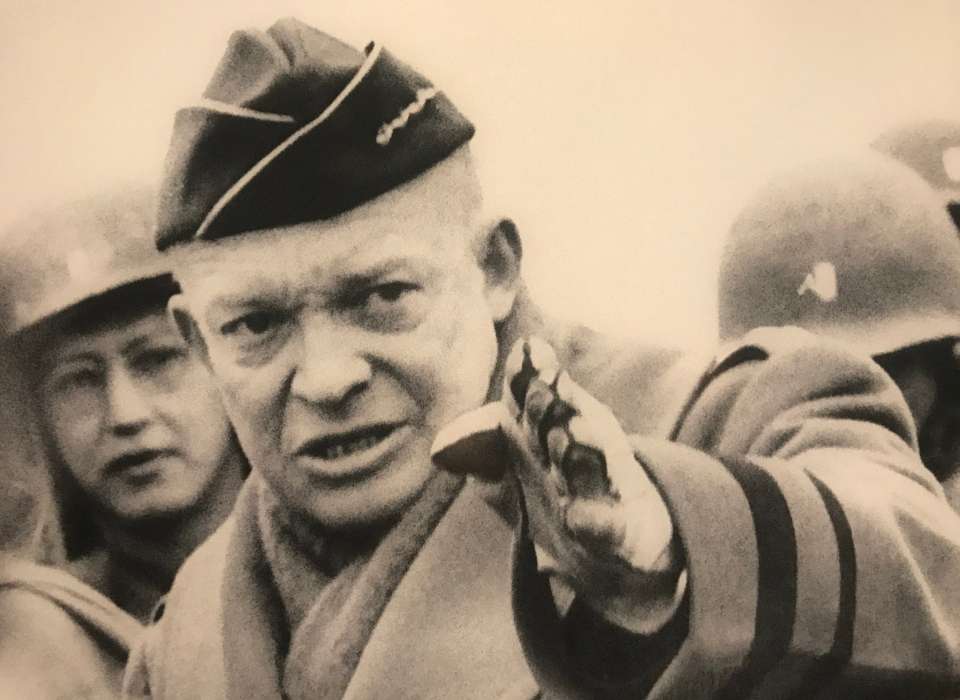

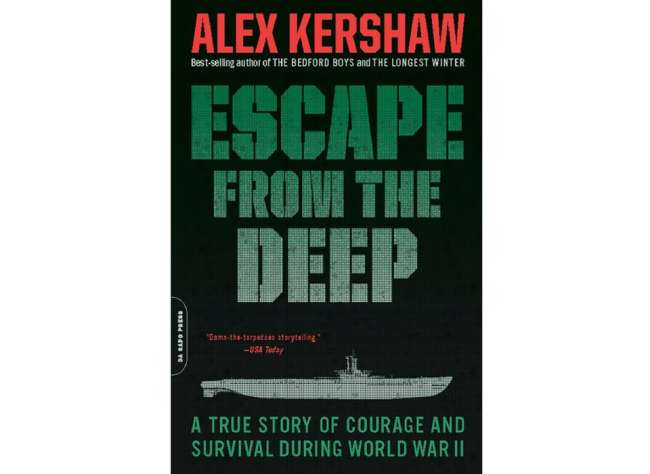
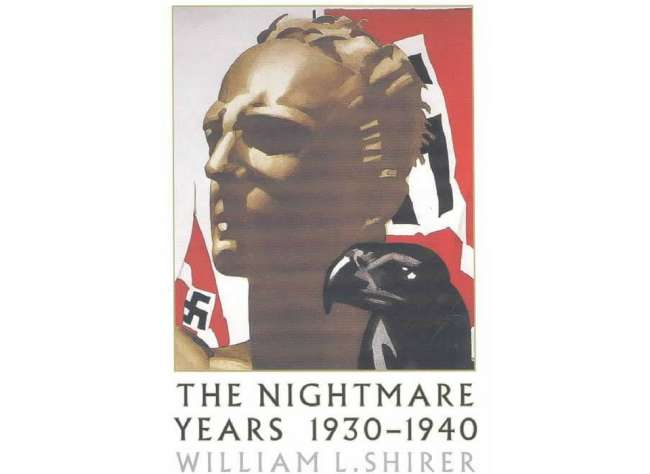
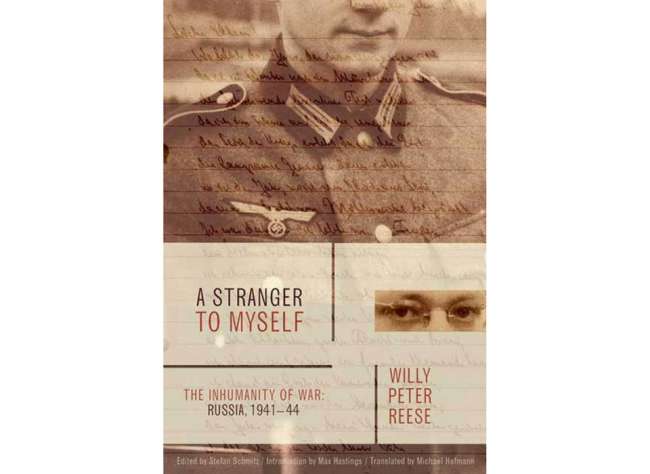



![Max Fuchs, New York City cantor, sings as Rabbi Sydney [sic] Lefkowitz, Richmond, VA, conducts the first Jewish services from Germany.](/sites/default/files/styles/max_650x650/public/2025-10/image1.jpg)



